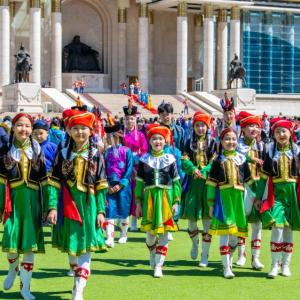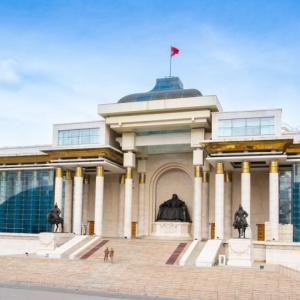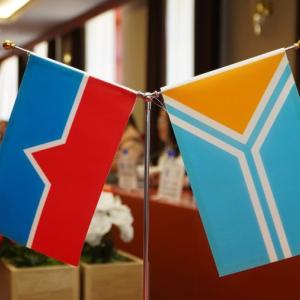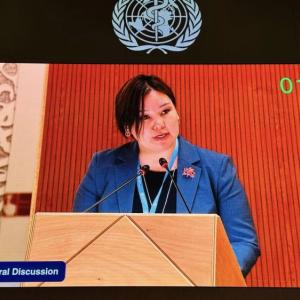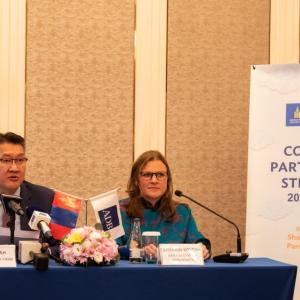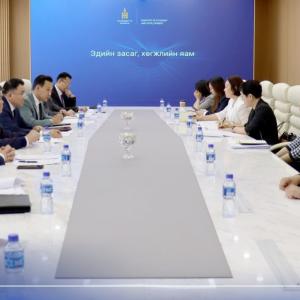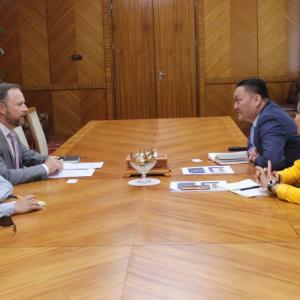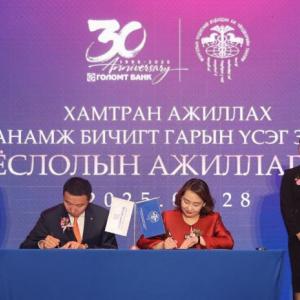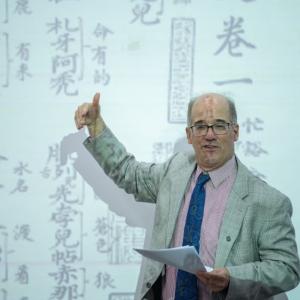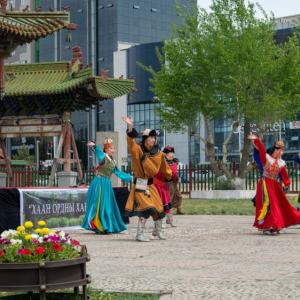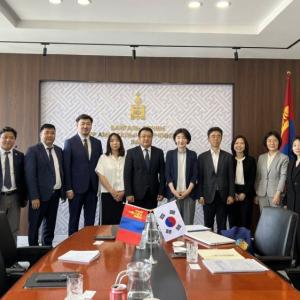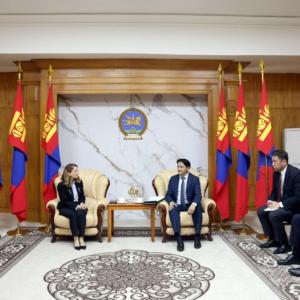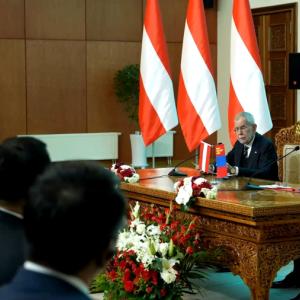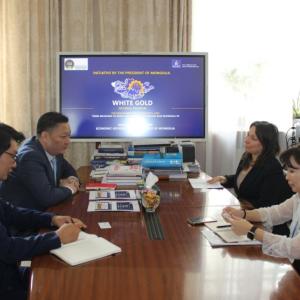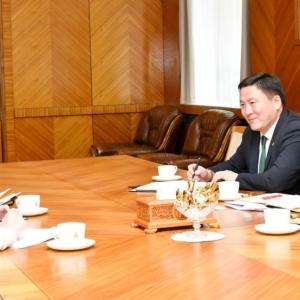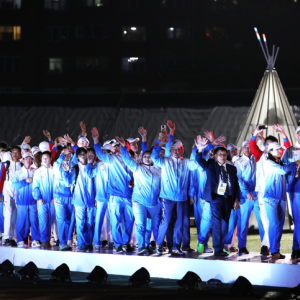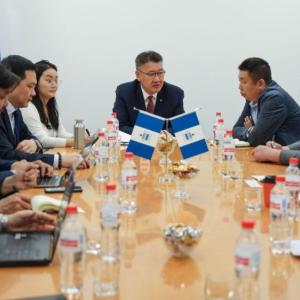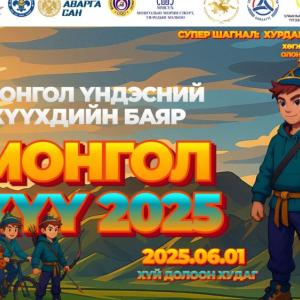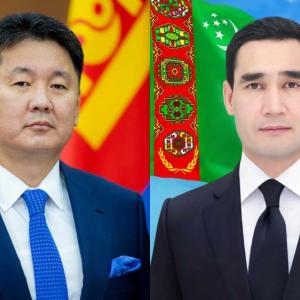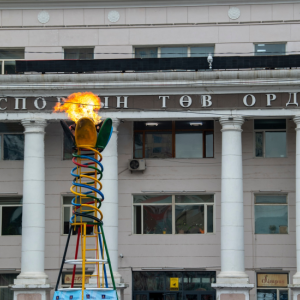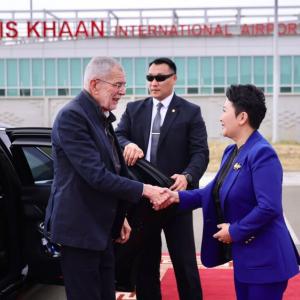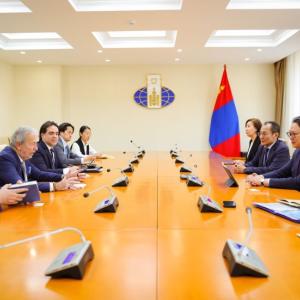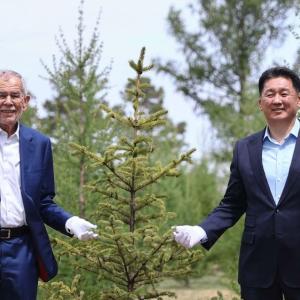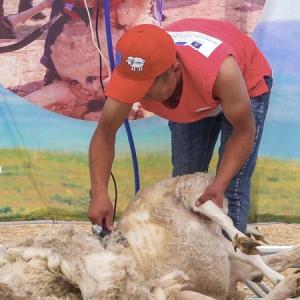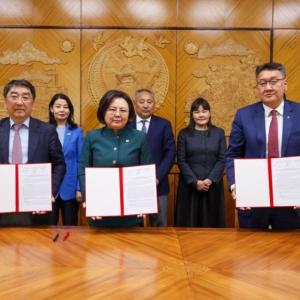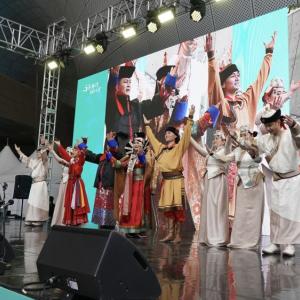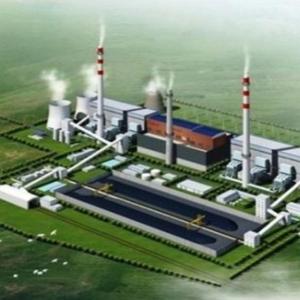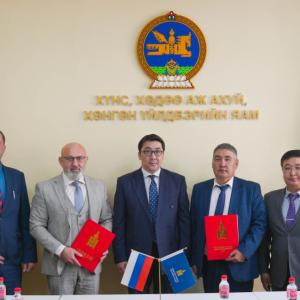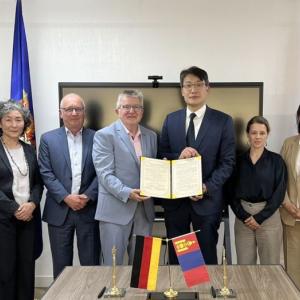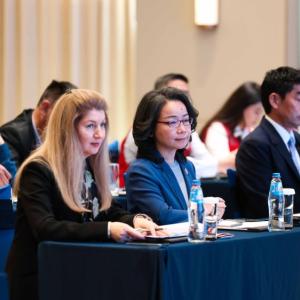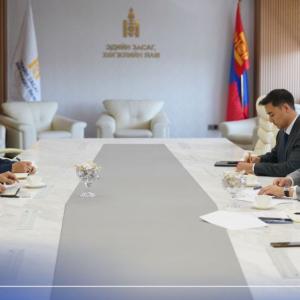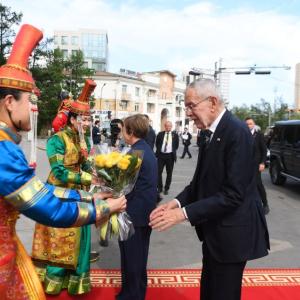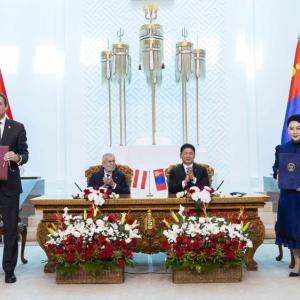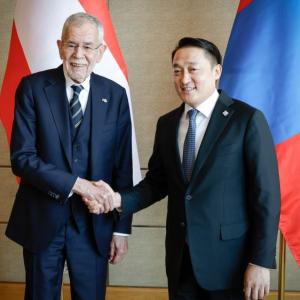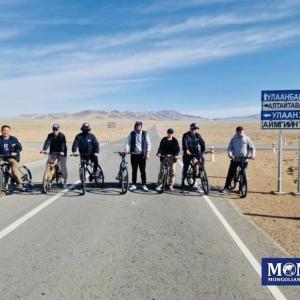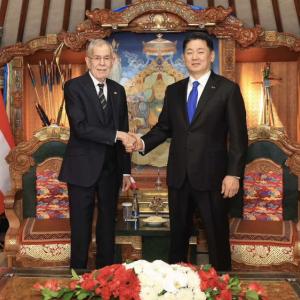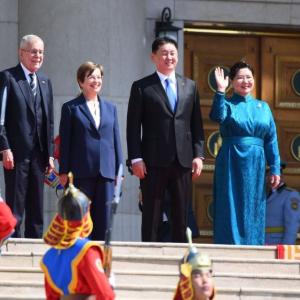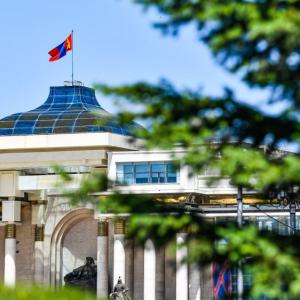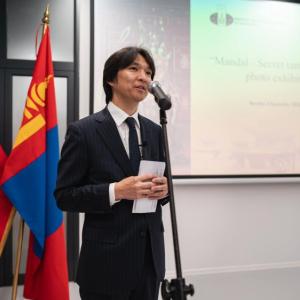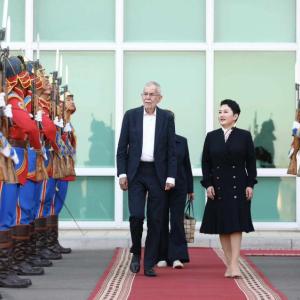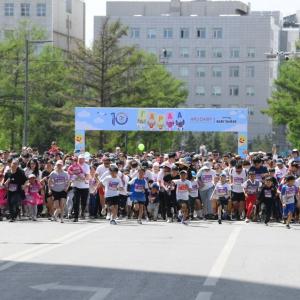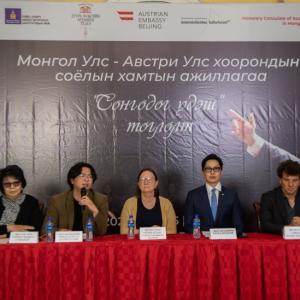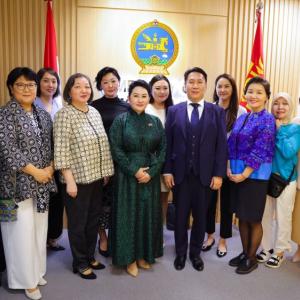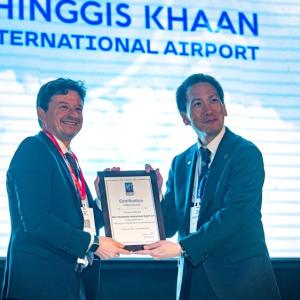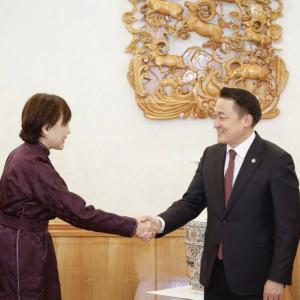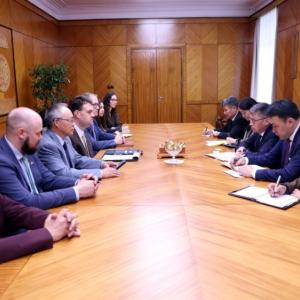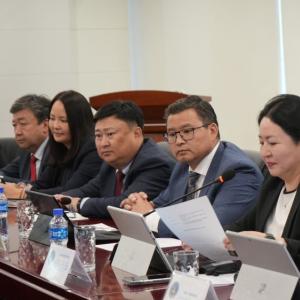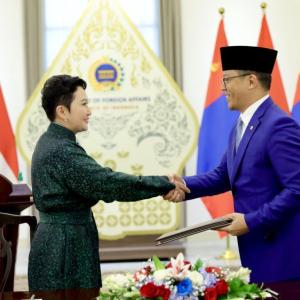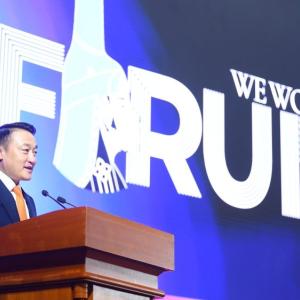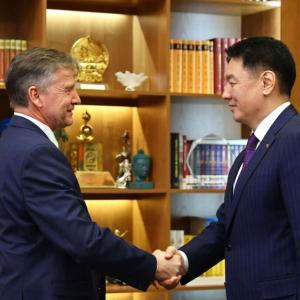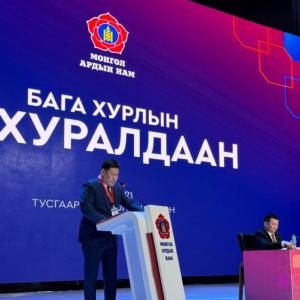Creation of genetic resources database of Mongolia undergoing
Environment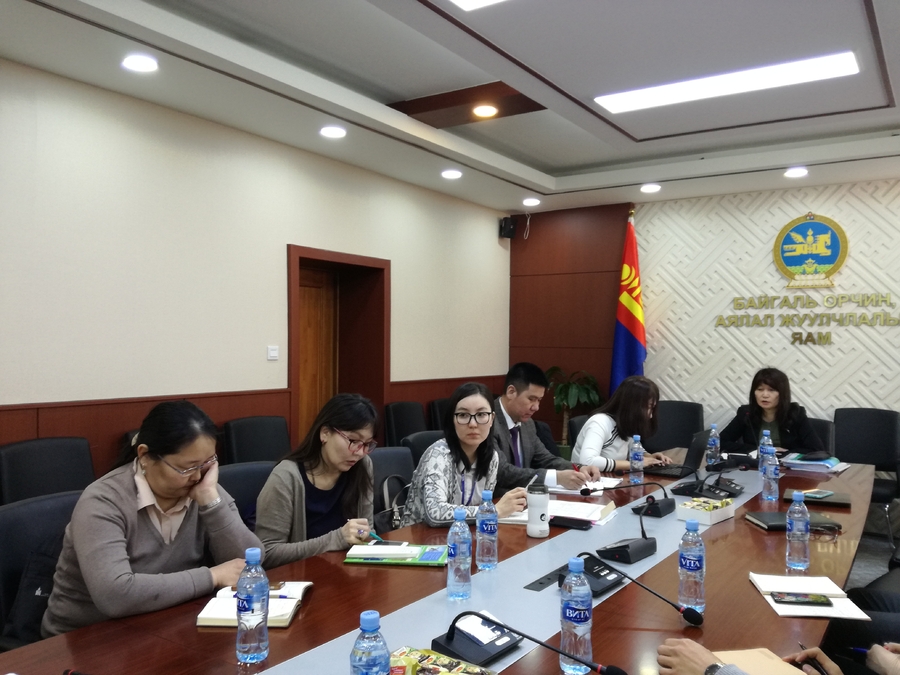
Ulaanbaatar /MONTSAME/ The creation of unified database of Mongolian genetic resources and integrated system of information exchange is undergoing with planning to be complete in 2018.
The project on Strengthening Human Resources, Legal Frameworks and Institutional Capacities to Implement the Nagoya Protocol being implemented by the Ministry of Environment and Tourism of Mongolia and United Nations Development Programme (UNDP) renders financial and technical support to the work.
The meeting of a working group to discuss structure and content of the database was held on March 27 at the Ministry of Environment and Tourism and the New Media group working on the development of database introduced the development process.
The Ministry of Environment and Tourism formed a working group on drafting laws to create legal environment for genetic resources and related traditional knowledge, said head of the Department of Green Development and Strategic Planning T.Bulgan, emphasizing the importance of the database to the economy and society of Mongolia.
The project on Strengthening Human Resources, Legal Frameworks and Institutional Capacities to Implement the Nagoya Protocol being implemented by the Ministry of Environment and Tourism of Mongolia and United Nations Development Programme (UNDP) renders financial and technical support to the work.
The meeting of a working group to discuss structure and content of the database was held on March 27 at the Ministry of Environment and Tourism and the New Media group working on the development of database introduced the development process.
The Ministry of Environment and Tourism formed a working group on drafting laws to create legal environment for genetic resources and related traditional knowledge, said head of the Department of Green Development and Strategic Planning T.Bulgan, emphasizing the importance of the database to the economy and society of Mongolia.
The database will be accessible to public, scholars and researchers, professional organizations and decision makers, however the access rights to the database will vary. For instance, basic information about genetic resources of animals, plants and microorganisms of Mongolia, traditional knowledge related to it and list of products based on this knowledge will be open to public.
Along with the development of the database, a professional team responsible for the database content compiling is working under the financial support of UNDP project.
B.Misheel

 Ulaanbaatar
Ulaanbaatar

